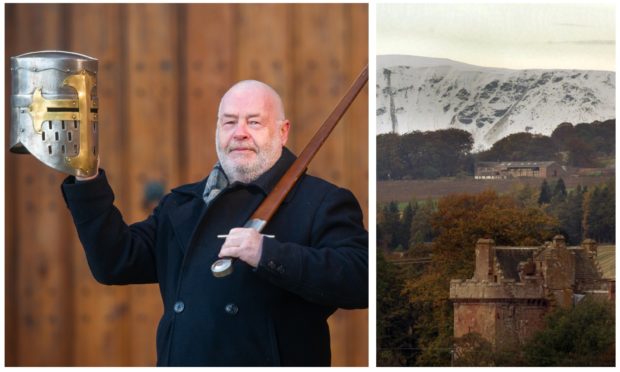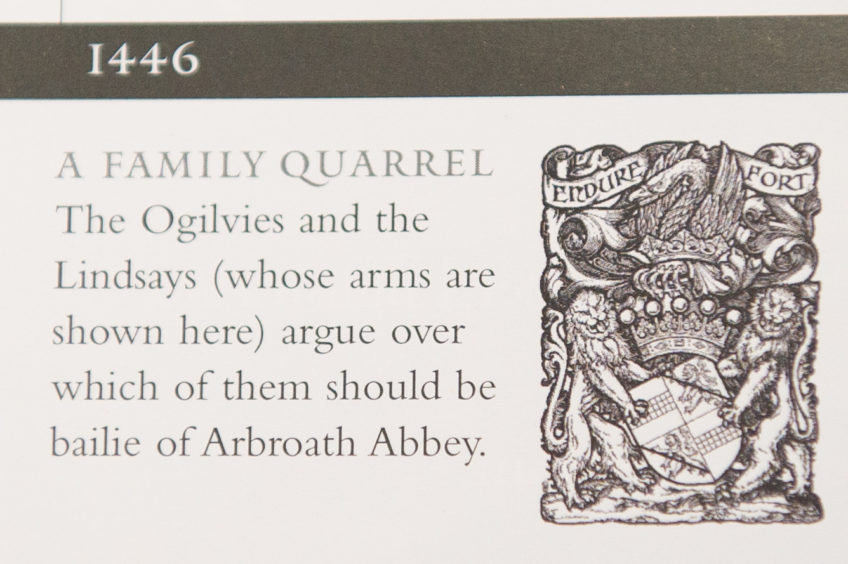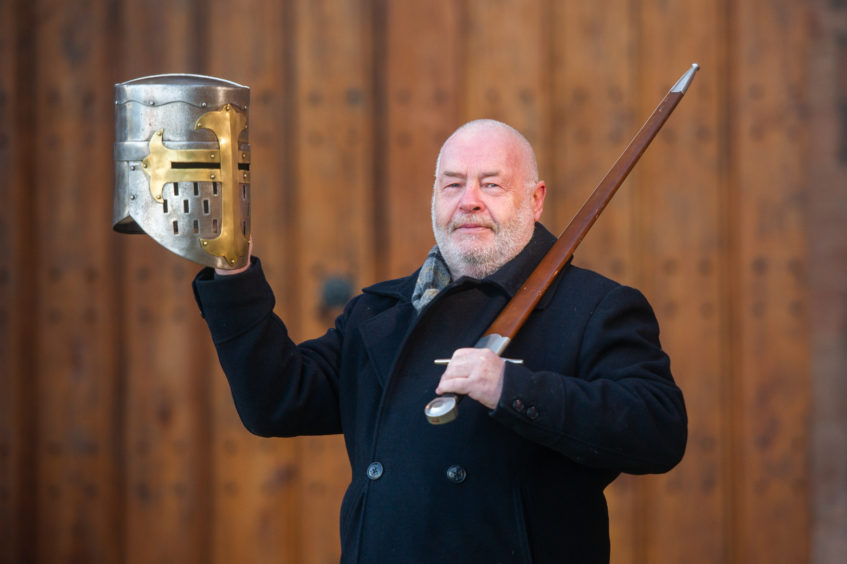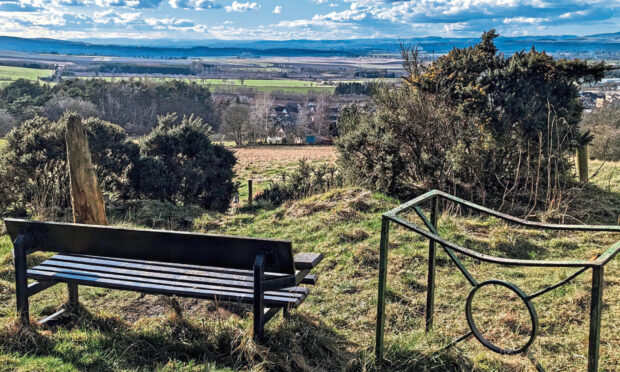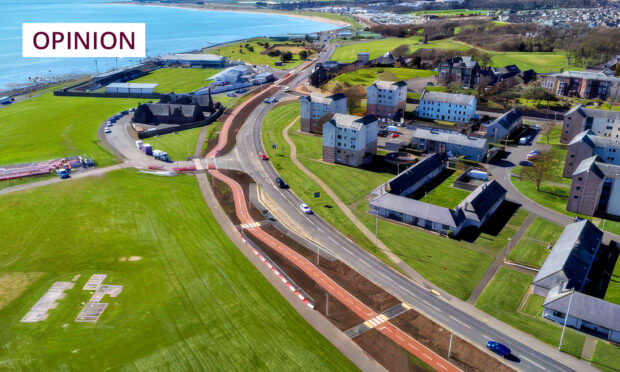It was one of the most brutal battles fought on Angus soil.
By the end of the battle of Arbroath, around 600 people lay dead but, despite its ferocity and historical impact, few people are aware of it.
Calls are being made to raise the profile of the 15th century fight which saw two powerful local families take to the field over the title of ‘Bailie of the Regality’ of Arbroath Abbey.
The role was an important one, and brought with it power, prestige and considerable criminal jurisdiction over the extensive domains of the monastery.
The monks of Arbroath Abbey had appointed Alexander Lindsay, Master of Crawford to the post, but he quickly abused the position and based some of his troops at the monastery, where they had conducted themselves badly.
The monks dismissed Lindsay and appointed Alexander Ogilvy, 2nd Baron of Inverquharity in his place.
Lindsay contested the move and unable to find a peaceful solution, the battle lines were drawn on January 24 1445.
Lindsay and his army of around 1,000 men arrived at the gates of Arbroath Abbey. Ogilvy, although outnumbered, marshalled his forces, which included men from Clan Oliphant, Clan Seton, Clan Gordon and Clan Forbes.
The Earl of Crawford, in a desperate bid to halt hostilities rode from Dundee, and came between the two armies.
Misunderstanding his motives, one of Ogilvy’s men threw a spear which struck the earl in the mouth, killing him instantly.
The Lindsay’s are said to have then called for the matter to be settled with fists rather than spears, and both sides appeared to drop their weapons.
The move was a ruse and as the Ogilvies advanced, 100 men supporting Lindsay produced spears and broke the Ogilvy line.
A running battle ensued, with Ogilvy and his men making a desperate final stand at Leysmill, where the battle raged into the night, with Ogilvy himself, and a number of other nobles on his side killed.
Lindsay won the day, but lost at least 100 men. 500 died on the Ogilvy side.
The aftermath of the battle was brutal as what remained of Lindsay’s army wreaked destruction, putting castles to the torch, slaughtering vassals, and taking wives and children into captivity.
Angus Council Leader David Fairweather believes a memorial cairn should be erected to commemorate the event: “Many people won’t have heard of this battle, and there is a danger that it could be forgotten altogether.
“But in common with other sites of conflict, I think it would be appropriate if a permanent memorial, perhaps a cairn, was erected either at the abbey where the battle started, or at Leysmill where Ogilvy’s troops made their final stand, especially as the event has a significant anniversary.”
The fate of Ogilvie
A number of different accounts exist for how Ogilvie met his end at the battle, but local tradition has it that he was killed outright at the last stand, and his surviving troops, retreating to Kinell took his body with them.
After some debate, they decide to inter the body in the aisle of a nearby church.
Thereafter, this part of the building was known as the “Ogilvie aisle”, and in time, was inscribed with the verse ‘while girss grows green and water rins clear, let nane but Ogilvys lie here.’
The aisle remained until the church was demolished in the mid-19th century.
It is believed that Ogilvy’s boots and a spur hung in the church aisle, and even in the 19th century, elderly residents were said to have recalled seeing the badly decayed items.
When the site of the Ogilvie aisle was opened for another burial, three bodies, two males, and one female were found.
The female was believed to be Marion Ogilvie, partner of the infamous Cardinal Beaton, but one of the male bodies was said to be of “gigantic stature” which correlates with the physical description of Ogilvie, and lends some credence to the tale of the hanging boots and spur.
The national perspective
There is a temptation to view the battle of Arbroath as a purely local feud fought between rival clans in a bid to secure power and privilege.
The apparent lack of significant research into the battle, and its relative anonymity, would certainly support this opinion, but it should not be viewed in isolation.
War with England had drained the country’s coffers and the overarching authority of the King was severely diminished.
It did not help that King James II was still in his minority, and the grip of the Stuarts was beginning to weaken, while the power of clan Douglas was growing ever stronger.
Historian Norman Atkinson said: “The battle of Arbroath is very much symptomatic of the times.
“Power among the clans in Scotland always ebbed and flowed, but there is no doubt that a much weakened monarchy encouraged clans to bid for more power and authority by the sword, taking a gamble that the central government of the day would not be in a position to exert its authority.
“Bearing this in mind, it could be argued that the battle was of greater significance than is currently believed.”
